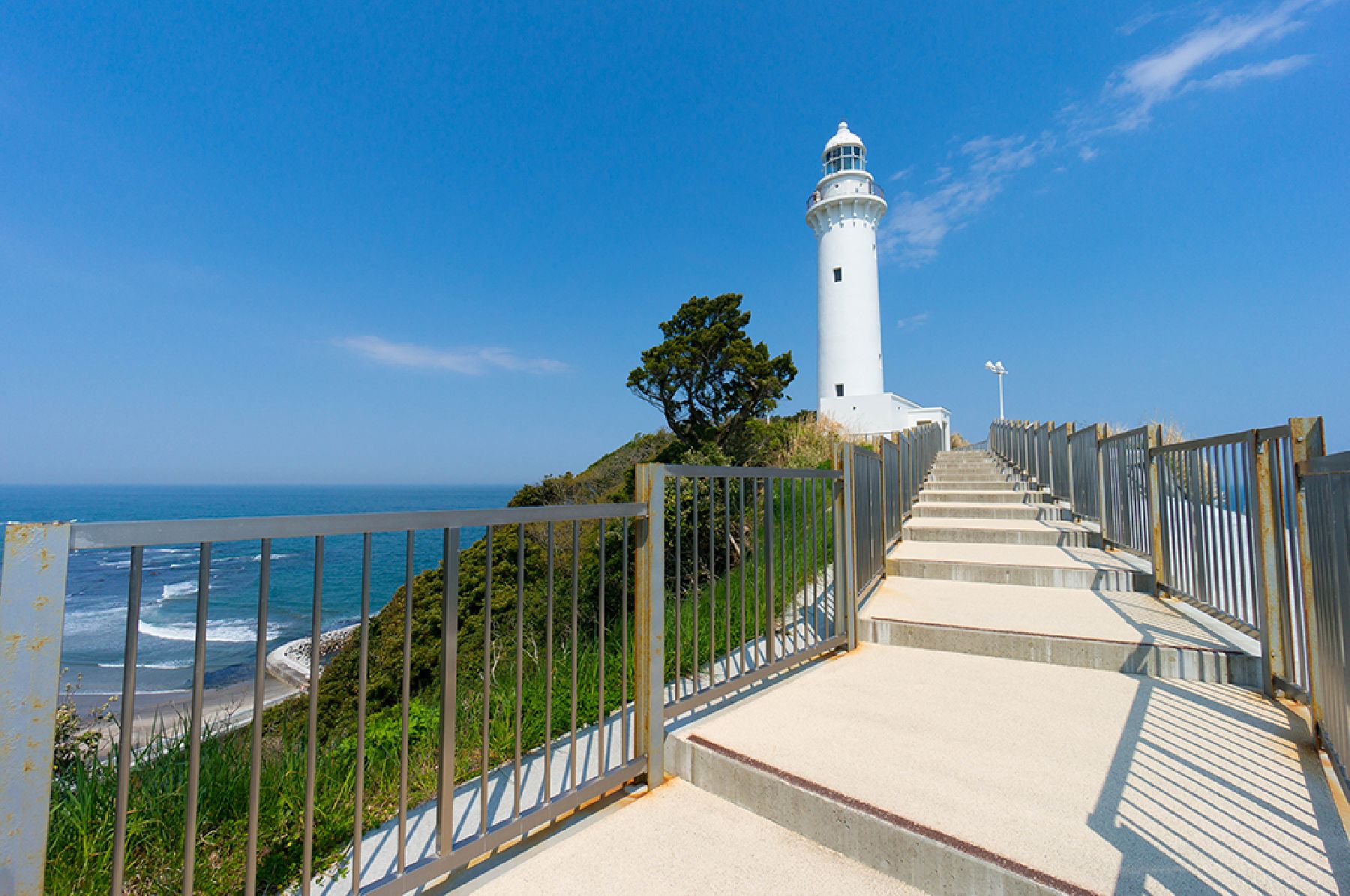
Lake Inawashiro
Japan's fourth-largest freshwater lake, Lake Inawashiro is situated in Bandai Asahi National Park. It is also known as the “Heavenly Mirror Lake” and has a surface area of 104 square kilometers! The combination of Lake Inawashiro and Mt. Bandai form one of Aizu's representative landscapes. And being less than three hours from Tokyo by shinkansen and local train means that you have easy access from a major transport hub.The lake offers year-round fun. Enjoy cherry blossoms in spring at Iwahashi Shrine, one of Aizu’s five famous cherry trees. Summer at Lake Inawashiro is slightly cooler than the rest of Fukushima, so take advantage of camping by the lakeshore, and a wide variety of marine sports. Colored leaves and hikes are the popular thing to do in autumn, view the fiery hues and take in the crisp air. In winter, visitors can enjoy fresh powder snow and winter thrills in the form of skiing and snowboarding; and you can even catch a glimpse of migrating swans on the shores.It’s truly a beauty no matter when you decide to visit. There are also a wide range of scenic spots from where visitors can take photographs and soak in the view. It’s a great place to escape from the stress of work and life or just to experience Japanese nature and landscapes.Lake Inawashiro's size means that it is accessible from a number of sightseeing spots, including Tenkyokaku stately house and Hideo Noguchi Memorial Museum (a museum dedicated to the life and work of a Japanese scientist famous for his research on yellow fever). There’s plenty more to do nearby: view some amazing works by international artists at the Morohashi Museum of Modern Art, or visit the rainbow-colored Goshiki-numa Ponds.



